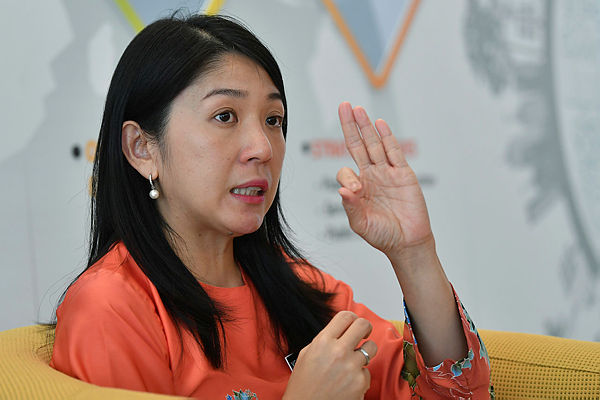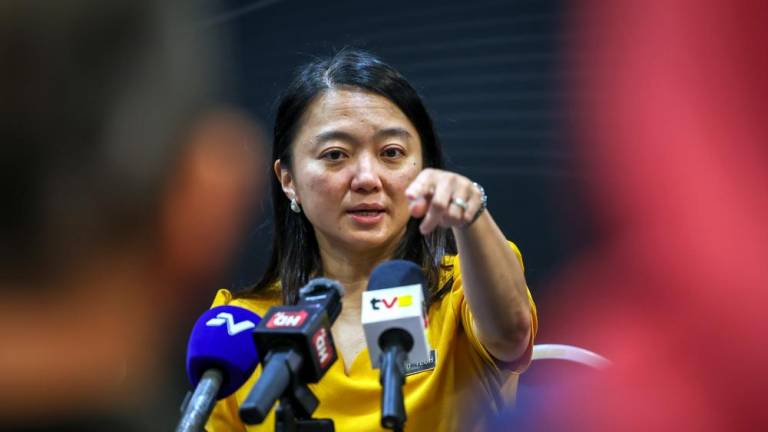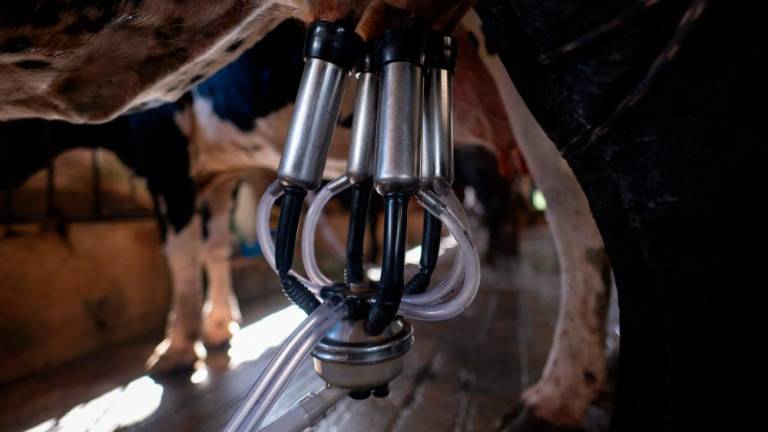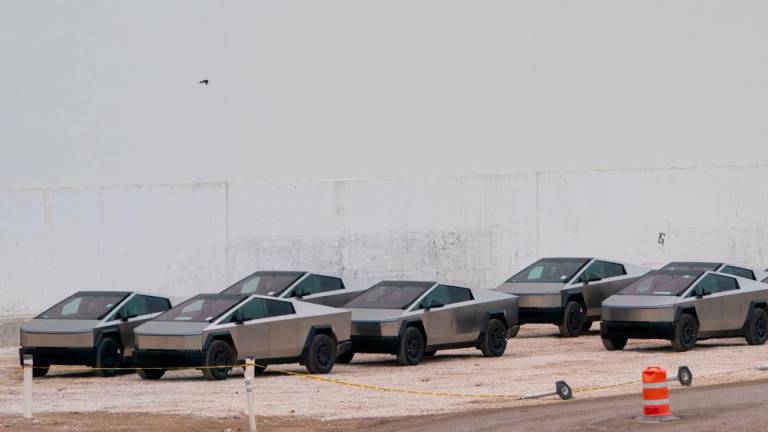BANGKOK: The first Lao-Thailand-Malaysia Power Integration Project (LTM-PIP) is seen as a milestone to enhance multilateral electricity trade in the Asean Power Grid (APG) and the region towards energy security, sustainability and cost efficiency.
Energy, Science, Technology, Environment and Climate Change Minister Yeo Bee Yin (pix) said the three Asean member countries on Wednesday agreed to increase the maximum committed energy capacity trading of the LTM-PIP to 300 Megawatts (MW).
She added that the two-year Supplementary Agreement to the Energy Purchase and Wheeling Agreement (EPWA) would be signed prior to the expiration of the present agreement in December.
“The LTM-PIP is the first of many to come. We hope other Asean member countries will come on board to firm up the APG,” she told Bernama here today.
The LTM-PIP is a platform to enhance opportunities for multilateral electricity trading beyond neighbouring countries and strengthen grid interconnectivity in the region.
Yeo led the Malaysian delegation to the 37th Asean Ministers on Energy Meeting and Associated Meetings (37th Amem) themed ‘Advancing Energy Transition through Partnership and Innovation’ in Bangkok, which concluded today.
Amem is an important platform to discuss and exchange views on several areas with Asean energy ministers, East Asia Summit energy ministers and Asean+3 energy ministers.
Yeo said Malaysia is in discussions with Singapore to come on board the power integration project aimed at expanding the energy connectivity of the power grid in the region.
“At present, a submarine cable transmitting a total of 1,100 MW between Malaysia and Singapore is under construction. The first 550 MW is expected to be completed by December this year and another 550 MW by April next year.
“As long as it is physically possible, including the laying of submarine cable and other infrastructure, Malaysia and Singapore could start electricity trade earliest next year or 2021. Both countries hope it could be achieved as soon as possible,” she said.
Yeo added that Malaysia is also in discussions with Indonesia on the interconnection of Peninsular Malaysia with Sumatera, Sabah with north Kalimantan and Sarawak with west Kalimantan.
“The interconnection will strengthen the APG and energy security. In future, when we start trading power, it will be a cost advantage for all countries,” she said.
Meanwhile, Yeo said Malaysia is on track to hit the target of 20% energy generation mix from renewal energy (RE), excluding power generated from large hydropower generators of more than 100 MW, by 2025.
“The new government has an ambitious goal of reaching 20% energy generation mix from RE. If we include large hydro, it will be more than 40%.
“It will be 3.9 gigawatts in the next six years. We have a series of plans, and we are on track. I believe we will hit the target comfortably,” she said.
Meanwhile, in a joint statement of the 37th Amem, the ministers appreciated the findings of the Asean Renewable Integration Analysis Study led by Thailand and the International Energy Agency (IEA) to assess the impact of integrating renewable energy into the power grid on the APG cross-border multilateral trade.
“The quantitative assessment of regional benefits in the study confirmed the potential for APG cross-border interconnections to enhance the flexibility of the Asean power sector to accommodate the growing share of renewable energy, including wind and solar, in a cost-effective and reliable manner,” it said. — Bernama














